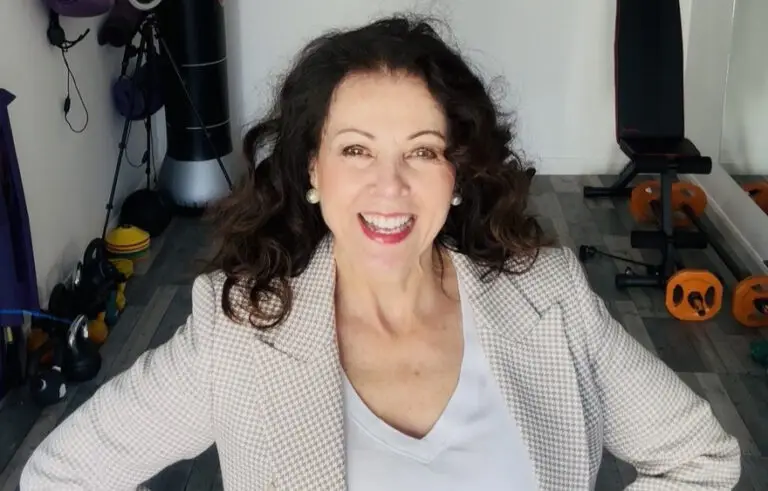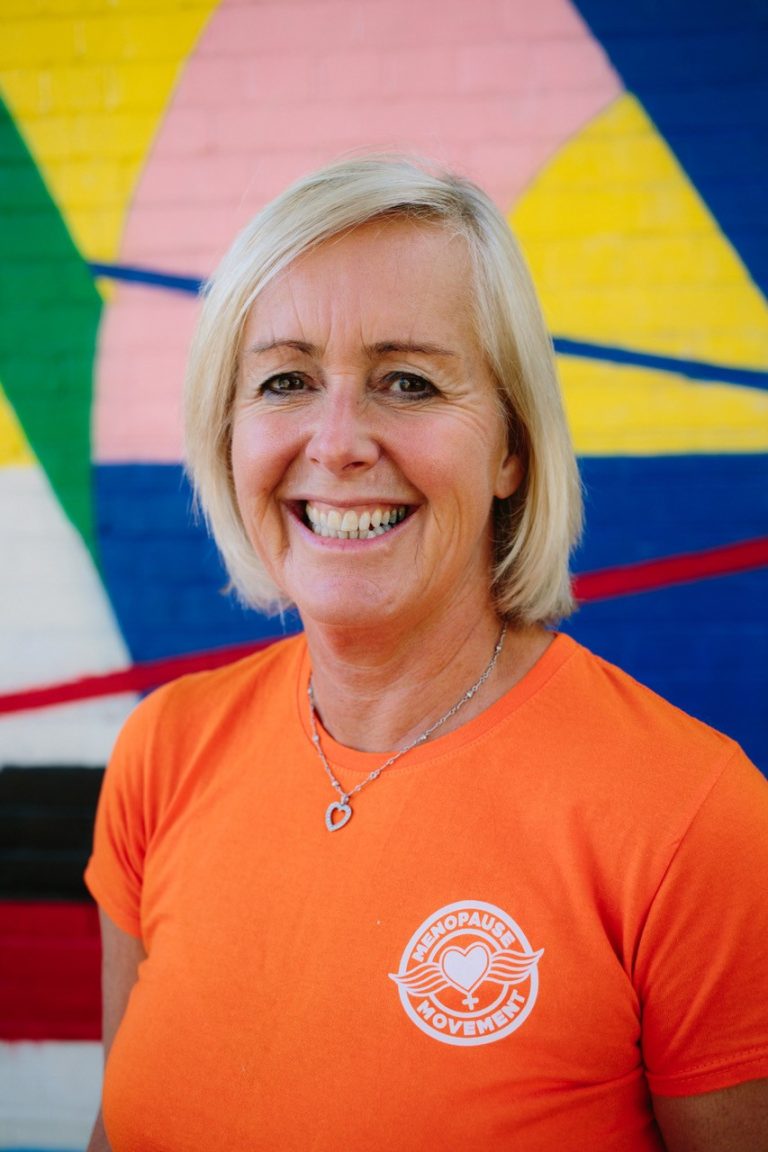Confidence is king – your tips for working with clients who doubt themselves
Enabling confidence in your clients is a key tool in any sport and physical activity practitioner’s kitbag. We’ve asked you for your tips on giving participants the confidence that they need to succeed.
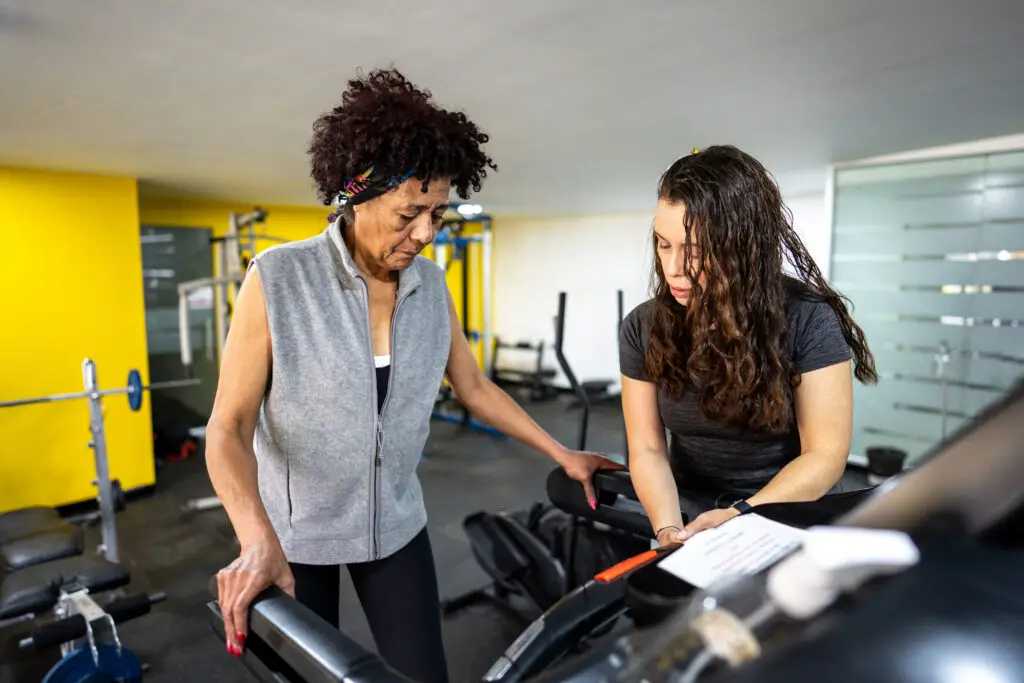
We all know that harnessing the benefits of sustainable physical activity takes effort and time. A core element of that is building confidence in our clients, especially those that are new to activity or who are potentially recovering from setbacks. Confidence isn’t something that people either have or don’t, it’s something that is shaped by personal experience, the environment they are in and the support (or otherwise) that they receive along the way.
For physical activity and sport professionals, that means we play a crucial role both in improving someone’s physical health and wellbeing, and in helping them to rewrite the stories they tell themselves about their ability.
Here are eight members who share practical, evidence-informed strategies that they’ve used to support clients who struggle with confidence whether they’re just starting out on their relationship with activity or they’re stuck at a plateau.
“I firmly believe that participants need to feel safe before they can feel confident. That means firstly creating an atmosphere and environment where mistakes aren’t highlighted or called out. I make it my mission to respect their vulnerability and make sure that I don’t draw comparisons to other people except to say things like ‘this movement is tricky for everyone at first, don’t worry about it’. I encourage them to listen to their body, let them know that it’s okay to rest, ask questions or discuss how we can modify exercises. If a participant fears judgment, they’re less likely to try something new or even keep showing up for sessions.”
Elias, Personal Trainer
“The approach I take is emphasising the process over the outcome. Clients with low confidence are usually hyper-focused on the end results, like how they look, what the scale says or whether they performed ‘well’. I make it my mission to shift their mindset by highlighting effort, consistency, and resilience. I point out small wins like the fact that they perform a movement better and highlight the long-term impacts if they keep doing it that way. I discourage them to focus on behaviours not results so if they say they want to lose 8kgs, I get them to focus on the number of sessions they are going to commit to doing instead. This is vital as it stops them fixating on failure if they don’t reach their target result, they can always feel proud of the work that they’ve put in regardless of the result.”
Sienna, Gym Instructor
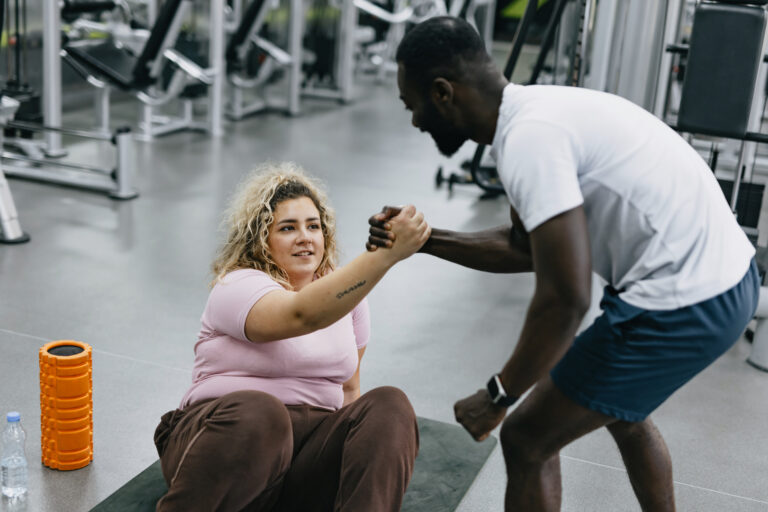
“I’ve learnt that the way that we communicate can either reinforce self-doubt or help rewire a customer’s perception of themselves and having the ability to do that is incredibly powerful. Using positive, strength-based language when working with customers doesn’t mean you need to give them false praise. You’re highlighting what’s working and coaching constructively. Rather than correcting someone by telling them that they are doing something wrong, you need to explain to them how adjusting slightly will improve their experience. When you make customers feel good, that they are capable and supported they’re so much more likely to keep coming back and to actually enjoy their training.”
Jen, Coach and Activity Manager
“I make self-coaching a central part of my work with clients. Early on in my relationship with them I introduce basic visualisation and reflection techniques and the pays dividends in terms of their confidence. Encouraging them to visualise themselves completing a circuit successfully or completing a particular tough set gives them extra power. Equally, getting them to reflect on their feelings post-session around what went well for them sets them up for a positive approach next time around. If they picture success, they build the belief that success is possible.”
Jai, PT
“My mantra is all about the small wins. Customers who lack confidence often underestimate themselves. By offering steady progression, you give them repeated experiences of success which fuels their motivation and belief that they can do it. I build regular opportunities to succeed into programmes so that they get lots of ‘I did it!’ moments. Making sure that we have those achievable challenges enables me to gradually increase complexity or intensity. It’s a big part in building trust with a nervous customer.”
Kenny, Group Exercise Instructor
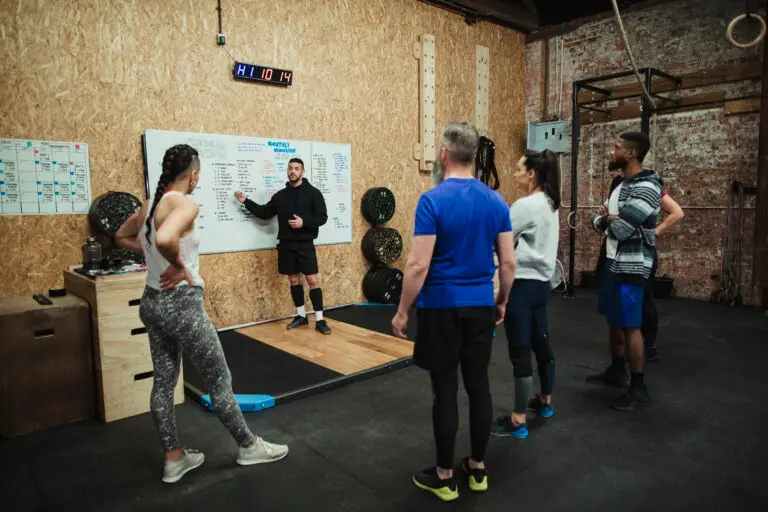
“I would say, make sure you celebrate even when they don’t. I’ve seen so many clients brush off their own progress over the years with phrases like ‘Yeah, but I only…’ or ‘that wasn’t a real workout.’ It’s often the case that these clients have such low confidence that they don’t see achievement unless it’s a massive, dramatic change, and they need to acknowledge progress rather than just waiting for perfection. If I reflect their achievement to them by congratulating them I think it plays a big role in helping them to really believe that they are making progress.”
Karim, Strength and conditioning coach
“I’ve worked with so many clients who have no confidence usually because they are wrestling with body image issues. It’s taken a huge effort from them to start some form of activity and I’m very, very conscious of not drawing any king of attention to their appearance, even in complimentary way. Even telling someone that they look good is a no, no for me as it associates their hard work with aesthetics. Instead I comment on things like their improved movement or how their posture is changing or how much stronger they are. I want them to know that I see beyond how they look and that they feel respected in this environment.”
Sophia, PT and group exercise instructor
“The key to giving participants confidence is showing your human side. They need to see that I make mistakes but that I pick myself up and learn from it. I don’t want them putting me on some kind of pedestal. At the end of the day I do this for a job, every day, every week. They’re doing a session or two a week. I have to make sure that they know there’s days when I don’t get every move right. I don’t mind being vulnerable with participants, if the see me encountering setbacks it makes their experiences feel more comfortable to them.”
Tom, Coach






